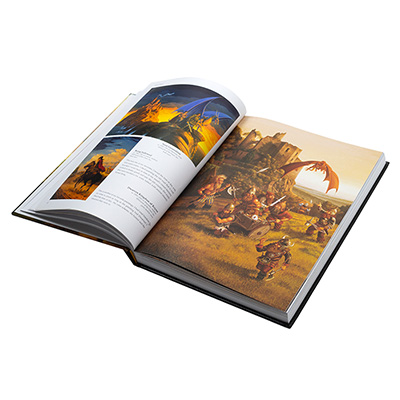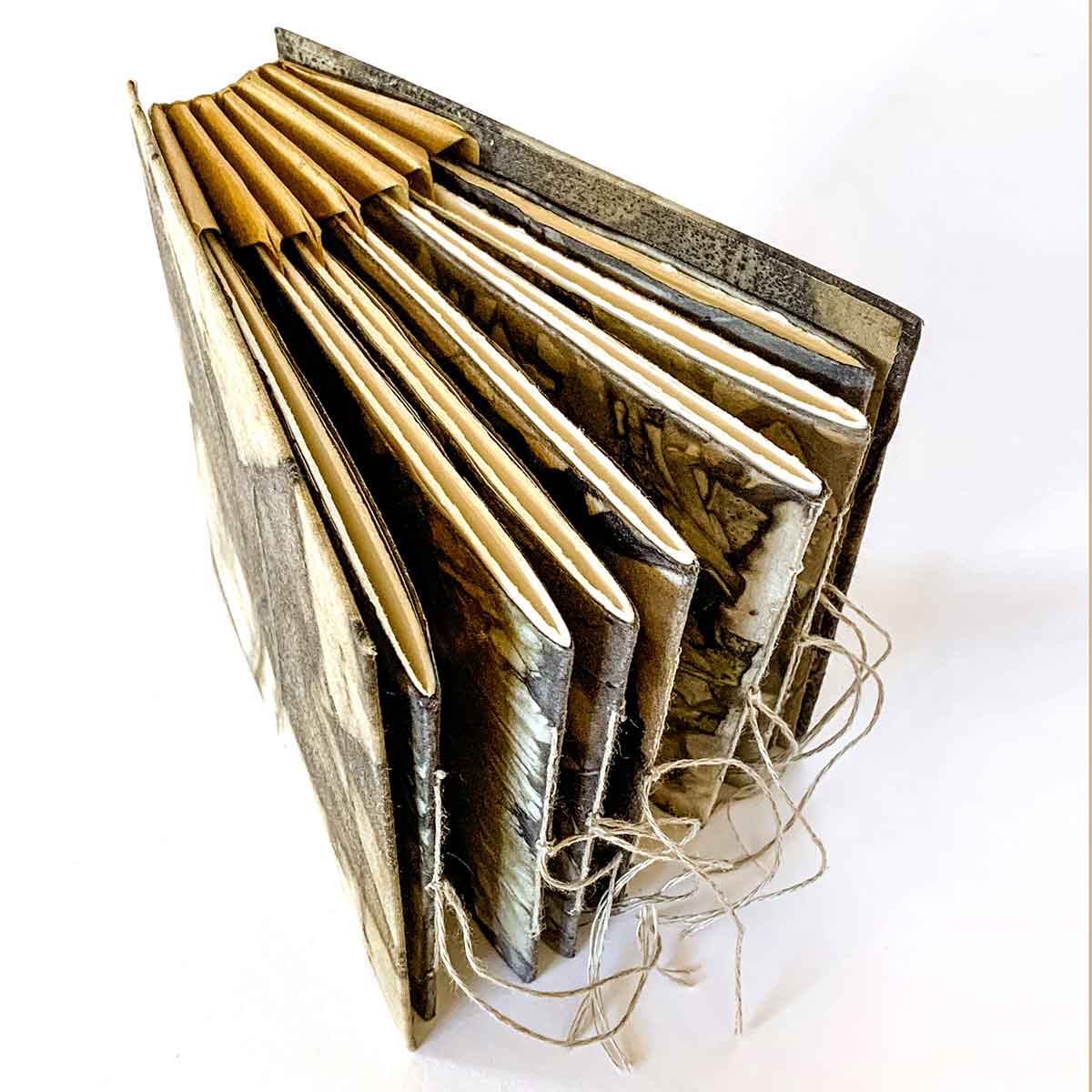How DPI Affects the Final Quality of Your art book
How DPI Affects the Final Quality of Your art book
Blog Article
Browsing the Globe of Art Book Printing: Idea for a Remarkable Finish
When it comes to art book printing, you need to mix imagination with technological know-how for the finest outcomes. Allow's explore what that is and exactly how it can boost your art book.
Comprehending the Printing Process
When you immerse on your own in the globe of art book printing, comprehending the printing process is important for accomplishing your desired outcomes. Begin by acquainting yourself with various printing approaches, like electronic and balance out printing. Each method has its toughness, so consider your job's scale and budget.
Following, pay interest to color management. Make particular your photos are in the correct shade profile, as this influences exactly how they'll appear in print. You'll additionally want to choose the ideal resolution-- 300 DPI is conventional for premium prints.
Don't forget the value of proofing. Constantly request an evidence before the final print go to capture any type of errors or disparities in color. Keep in mind that timing issues. Talk about manufacturing timelines with your printer to assure your project remains on schedule. Recognizing these aspects can substantially enhance the top quality and overall look of your art book.
Selecting the Right Paper
Picking the right paper can considerably influence the overall look of your art book. You'll intend to show on variables like weight, texture, and finish. A heavier weight paper can give your pictures a much more luxurious look, while lighter papers may really feel much more delicate.
Structure plays an essential role too; glossy paper improves colors and detail for lively photos, while matte paper supplies an extra suppressed and imaginative look. Think regarding just how you desire your art work to be regarded-- do you favor sharp contrasts or softer edges?
This will help you visualize how your art interacts with various documents. Keep in mind, the best choice can boost your book from average to phenomenal, guaranteeing your innovative vision shines through in every web page.
Checking Out Binding Options
When it comes to binding your art book, you have actually obtained several alternatives to consider that can affect both the look and feeling of your task. Think of the durability includes you require, along with the expense implications of each binding method. Picking the right binding can boost your artwork and guarantee it lasts for several years to find.
Kinds of Binding Techniques
There are a number of binding techniques to ponder for your art book, each offering distinct advantages and visual appeals. For a much more imaginative touch, take into consideration spiral binding; it allows your book to lay flat, showcasing your artwork wonderfully. Each binding method has its charm, so think regarding your book's function and audience to select the one that finest matches your vision.

Picking Durability Features
After thinking about the numerous binding approaches, it's time to focus on longevity features that can improve the durability of your art book. If you expect your book to withstand frequent handling, choose for products like laminated covers or coated paper, which withstand wear and tear. Prioritize these functions to maintain your art book looking pristine.
Expense Implications of Binding
While choosing a binding choice for your art book, it's important to ponder how each option influences your budget. Different binding kinds-- like perfect binding, saddle stitching, or hardbounds-- differ significantly in expense. Perfect binding supplies a professional look however can be costlier as a result of the adhesive utilized. Saddle stitching is a lot more affordable, perfect for smaller sized publications, yet it could not match larger projects. Hardcover binding, while resilient and aesthetically enticing, usually stretches your budget even more. Bear in mind to stabilize your imaginative vision with your financial constraints. Assess your target audience and printing amount, as mass orders may minimize total expenses. Inevitably, choosing the right binding choice can improve your art book's discussion without damaging the financial institution.
Designing for Print
When developing for print, you need to prioritize clarity and aesthetic impact to effectively display your art work. Begin by choosing a color scheme that enhances your items, ensuring it translates well on paper. Colors might show up in a different way in print than on-screen, so select colors that maintain vibrancy when printed.
Usage high-resolution pictures to prevent pixelation; find out this here go for at the very least 300 DPI for peak high quality. Consider your typography thoroughly-- pick fonts that boost your art without overpowering it. Keep a balance in between message and visuals, making sure that neither distracts from the other.
Focus on design and white space, as these components direct the visitor's eye and produce an unified flow. Finally, think of the dimension and measurements of your book; it ought to improve your artwork, not constrain it. By concentrating on these facets, you'll produce a sensational print layout that astounds your audience.
Proofing Your Artwork
As soon as you've completed your design, it's time to evidence your art work to verify everything looks as meant. If your artwork is lively on-screen, yet plain on paper, changes might be necessary.
Print a test proof to see how your design translates to paper. This step offers important insights into color, contrast, and layout. Don't hesitate to ask for feedback from trusted peers or colleagues-- they could capture concerns you forget. Ultimately, make sure your art work sticks to any kind of details standards your printer calls for, such as hemorrhage and cut lines. A detailed proofing procedure warranties that your end product mirrors your effort magnificently.
Collaborating with a Printer
When you're all set to publish your art book, discovering the right printer is necessary. You'll need to clearly connect your vision and comprehend the printing requirements to ensure everything ends up as expected (art book). Allow's discover how to make this process smooth and effective
Selecting the Right Printer
Choosing the best printer can make all the difference in bringing your art book vision to life. Begin by identifying your certain needs, like paper top quality, color precision, and binding options. Study local and on-line printing companies, taking notice of their portfolios and consumer reviews. You desire a printer experienced in art books, as they'll comprehend the subtleties of recreating your art work faithfully. Do not be reluctant to request for samples of their previous work to determine their high here are the findings quality. As soon as you've narrowed down your alternatives, reach out to review your project thoroughly. This initial discussion can reveal their proficiency and willingness to team up. Keep in mind, an excellent printer will not only satisfy your assumptions but boost your project. Select carefully!
Interacting Your Vision
To ensure your art book comes out just as you picture, it's crucial to communicate your vision clearly with your printer. Beginning by sharing your creative principle, including motifs, shades, and any details components you desire highlighted - art book. Be open concerning your spending plan and timeline; this helps your printer give sensible options.

Comprehending Printing Specifications
With your vision plainly expressed, it's time to concentrate on the technological side of printing your art book. Comprehending printing specifications is important for achieving the perfect outcome. Next off, think about the book's dimensions-- conventional sizes are frequently more cost-effective, yet personalized dimensions can improve your special style.
Advertising And Marketing Your Art Book
Advertising and marketing your art book properly can make all the difference in reaching your target market and increasing sales. Are they art fanatics, collection agencies, or students? Showcase your art work, share behind-the-scenes web content, and engage with your fans through tales and posts.
Take into consideration holding a launch occasion or joining art fairs to get in touch with possible purchasers straight. Work together with influencers or bloggers in the art area to expand your reach. Don't take too lightly the power of e-mail advertising and marketing; build a mailing checklist to maintain interested visitors updated.
Lastly, utilize online markets and your website for straight sales. Offer restricted editions or unique promotions to produce seriousness. By integrating these methods, you'll enhance presence and drive sales for your gorgeous art book.
Often Asked Inquiries
What Is the Average Cost of Art Book Printing?
The standard price of art book printing differs widely based on elements like dimension, web page matter, and materials. Normally, you're considering anywhere from $10 to $50 or more per book, depending on your options.
Exactly how Lengthy Does the Printing Refine Commonly Take?
The printing process usually takes about two to four weeks, depending published here on the job's complexity and volume. You'll need to consider style, proofing, and prospective modifications to ensure whatever satisfies your assumptions.
Can I Publish a Restricted Edition of My Art Book?
Yes, you can print a limited edition of your art book. Just decide the number of duplicates you desire, pick a high quality printer, and ensure you've got the right materials to develop an unique feeling.
What Data Formats Are Best for Printing My Artwork?
For printing your artwork, use high-resolution files like TIFF or PDF. Avoid JPEGs for last prints, as they can shed information.
How Can I Ensure Shade Accuracy in My Printed Book?
To guarantee shade precision in your printed book, use a calibrated display, soft evidence your data, and choose a trustworthy printing solution. Consider making use of RGB or CMYK shade modes as required for your artwork.
Report this page